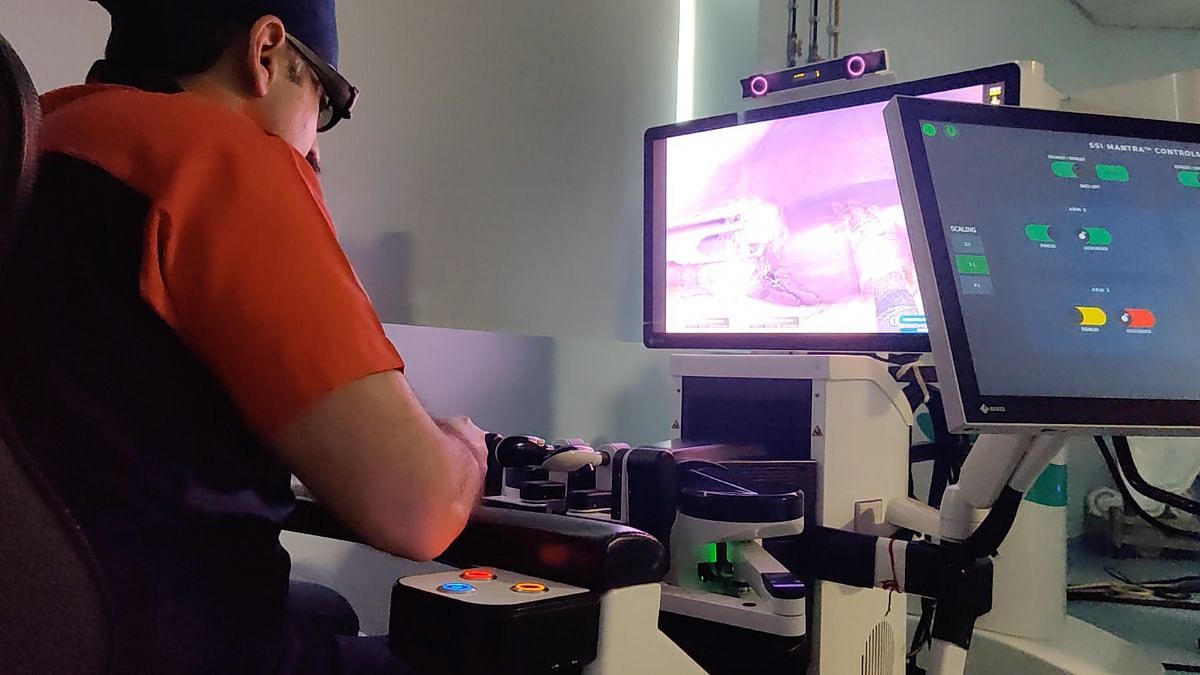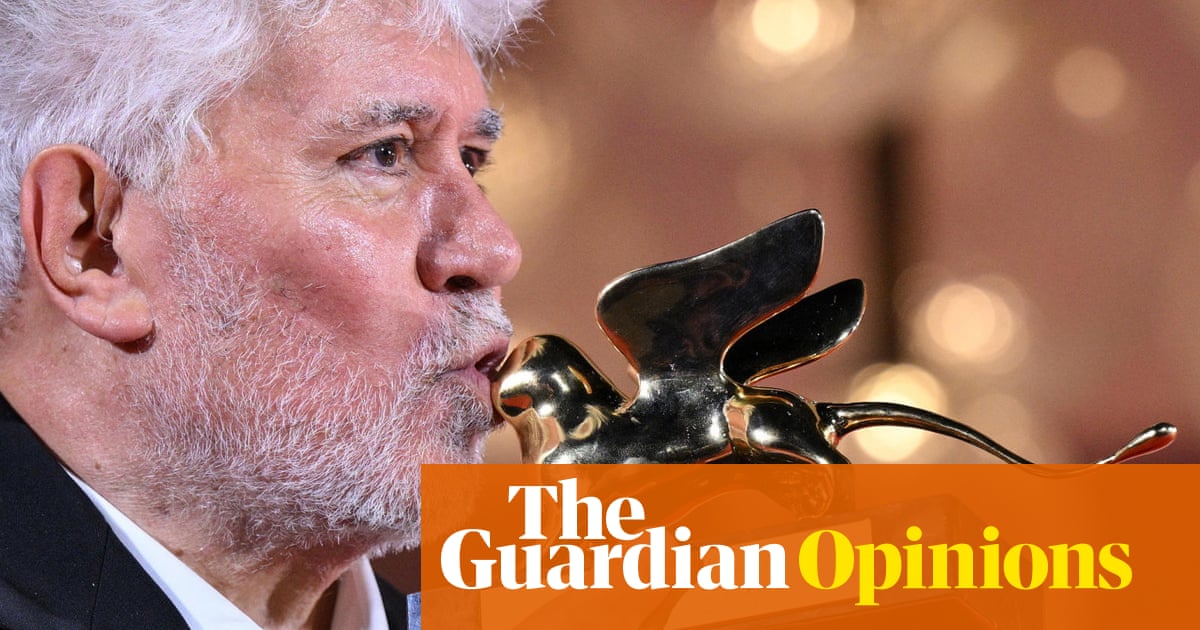- Arvind's Newsletter
- Posts
- Arvind's Newsletter
Arvind's Newsletter
Issue No #1081
1.Investment worth $30 billion likely in semiconductor space in 4 years; Surajeet Das Gupta in Business Standard
It could be the coming of age for India in the global semiconductor field.
With new projects being announced, under discussion, and even cleared this week, India, according to industry estimates, could see an investment of around $30 billion in this space in the next two to four years. Of this, 60 per cent has been cleared by the Union Cabinet.
For a country that is getting into the game after 17 years of aborted attempts, that would constitute 5-6 per cent of the over $500 billion of fresh investment in the semiconductor space, both in new plants and expansion. SEMI, an industry association based in Calfornia, had projected this would be under construction beginning from 2021 to 2023.
2.Apple scouts new deals to push India value-add, in talks with key players; Business Standard
Apple Inc is ramping up efforts to increase the Indian value addition in its products, including the iPhone and soon-to-be-assembled AirPods, as part of a broader strategy to diversify its supply chain away from China. The American tech giant, according to people in the know, is actively seeking deeper partnerships with non-Chinese global and Indian vendors, while also scouting for new partners.
As part of this push, the Cupertino-headquartered company is in talks with key players. US-based Flextronics is being considered for the production of power equipment in India, while Jabil — American manufacturing solutions provider — may take on the manufacturing of plastic enclosures for AirPods, the sources said.
Additionally, Karnataka-based Aequs, an electronics manufacturing services (EMS) provider, is in discussions with Apple about supplying non-iPhone enclosures. The company is also exploring partnerships with firms in Haryana, Uttar Pradesh, and Karnataka to manufacture various components — an effort to localise production and boost value addition within India.
Apple’s international vendors are also engaging with Tata group firms, aside from Tata Electronics, with which the technology giant already has a tie-up to explore the possibility of manufacturing capital equipment – a factor crucial for increasing the level of domestic value addition in Apple’s Indian operations. Furthermore, the tech giant is scouting for Indian partners for joint ventures in the production of displays and camera modules.
3.Indigenous, affordable, how robot-assisted surgeries are finding takers in smaller Indian cities;The Print
It is estimated nearly 60,000 robotic-assisted surgeries are now performed in Tier1 and Tier2 cities.
Indian surgeons have been rather overwhelmed with the dramatic rise in the demand for the advanced technology, which first arrived in the country in 2002, but has only leapfrogged over the last few years. While RAS is gaining popularity in mega cities, its adoption is rapidly taking flight in Tier 1 and 2 cities, too.
Healthcare industry insiders say that between 2002 and 2019, hospitals in the country saw installation of just about 50 robotic systems. But this number has grown to over 300 now and is rising every month.
RAS, employs a video-game-like console, usually within the operation theatre, where the surgeon sits with special eyeglasses to look at a monitor showing magnified 3D layouts and regulates the surgical procedure by moving his arms and fingers.
4.Google Photos’ AI-powered search feature is rolling out
Google Photos’ AI-powered search feature, “Ask Photos,” is rolling out to users. The feature, which allows users to ask the AI to find photos using more complex queries, will initially be available in “early access” to select customers in the U.S. before expanding to a wider user base.
Powered by Google’s Gemini AI model, Ask Photos lets users search their photos using natural language queries that leverage the AI’s understanding of their photo’s content and other metadata. Previously, Google Photos users could search for particular people, places or things in their photos, but the AI upgrade will allow them to ask a larger variety of questions, including those that require a deeper understanding of the photos.
5.The Year of Elections Has Been Good for Democracy so far.But the Biggest Test Will Come in America; Francis Fukuyama in Foreign Affairs
A new essay by Francis Fukuyama on the lessons from this year’s elections around the world—and whether democracy will prevail over illiberal populism in the United States, as well.
“Liberals have engaged in a lot of catastrophic thinking during this “year of elections.” Many feared that authoritarian and populist politicians, from Hungary’s Viktor Orban to India’s Narendra Modi, would consolidate their gains by increasing their shares of the vote. According to Freedom House’s February 2024 Freedom in the World analysis, the world has been in a phase of democratic backsliding for nearly two decades, exacerbated by the rise of authoritarian great powers such as China and Russia, hot wars in Ukraine and the Middle East, and the ascendance or advancement of populist nationalists in countries that seemed to be securely democratic—Germany, Hungary, India, and Italy.
For liberals who want to preserve a world safe for democracies, perhaps the most alarming point came in mid-July, when Republicans confirmed former President Donald Trump as their party’s presidential nominee and ultra-MAGA JD Vance as his running mate. Although Trump tried to overturn the 2020 U.S. election, he was nonetheless the enthusiastic choice of his party. He had just survived an assassination attempt; his raised fists and call to “fight, fight, fight” drew a sharp contrast with the elderly sitting president, Joe Biden, whose debate performance the previous month made him a clear underdog.
But liberals’ fears that this year would reflect the global triumph of illiberal populism have so far been proved wrong.” Read on.
6.China’s New Backdoor into western markets;Financial Times
“Chinese corporations are setting up shop in a host of relatively non-aligned third countries, hoping they can bridge the increasingly hostile gap that divides China from the west.
The prime motivation behind shifting investment into these relatively insulated countries — which include Singapore, Vietnam, Ireland, Hungary and Mexico, among others — has been to circumvent protectionist measures imposed by western powers against China-based companies.
Chinese investment is pouring into such countries, according to figures provided exclusively to the FT by the Rhodium Group, a research provider. But as more of China’s exports are rerouted through these jurisdictions, officials in the US and Europe are growing increasingly concerned about the emergence of back doors into their markets.
China’s emergence as an economic superpower over the past four decades has been propelled to a large degree by globalisation. Open markets and free trade underpinned China’s long export boom and helped facilitate huge transfers of capital, knowledge and technology from the west to Chinese companies.
Many have gone on to become world leaders in their sectors: examples include BYD and CATL in electric vehicles and batteries, Huawei in telecoms and ByteDance in social media.
Faced with imported goods that are a match for their domestic incumbents in quality terms, and growing more concerned about national security issues, western powers have cooled on globalisation. According to a recent IMF study, trade and investment between two distinct blocs — one centred on the US and the other on China — have declined by more than within those blocs, especially since the onset of the war in Ukraine.” Read on.
7.BMW, Toyota aim to make hydrogen-powered EVs mainstream with partnership
BMW and Toyota will partner to develop hydrogen-fueled electric cars in a push to turn a nascent market into a mass market.
The German carmaker said that it will release hydrogen-powered versions of one of its existing model lines in 2028 as part of its strategy—which Toyota shares—to broaden its reach with various fuel types. BMW and Toyota’s hydrogen cars will use powertrains, which contain the engine and transmission, developed in tandem by the companies, according to a joint statement.
Hydrogen-powered cars, known in the industry as fuel-cell electric vehicles, or FCEVs, run on electricity generated from hydrogen when it mixes with oxygen inside a fuel cell. Traditional electric vehicles rely on electricity stored in a battery.
With its hydrogen push, BMW is targeting consumers who want cleaner vehicles but don’t have EV chargers at home, or who must drive a lot and cannot rely on charging networks. Fueling them is faster than charging traditional EVs, and is more akin to filling up a tank at a gas station, he said. He added that they also have greater towing capability and are less affected by temperature.
BMW stressed that it doesn’t view hydrogen cars as a replacement for battery-powered cars, which consumers have cooled on after a burst in demand last year. The company sees hydrogen as a second option.
8.Pedro Almodòvar won the Golden Lion award at the Venice Film Festival.
The Room Next Door, which tackles themes of euthanasia and climate change, is the veteran Spanish filmmaker’s first English-language movie, and received an 18-minute standing ovation upon its premiere last week.
Almodòvar had never won Venice’s top prize, despite being “a mainstay of world cinema for the past four decades, feted and adored,” The Guardian noted: The Room Next Door is not “quite his finest work” but the award is “epicly overdue” At 74, though, Almodòvar is a relative spring chicken when it comes to winning awards compared to Dick van Dyke, who aged 98 became the joint-oldest winner of the Creative Arts Emmy.







